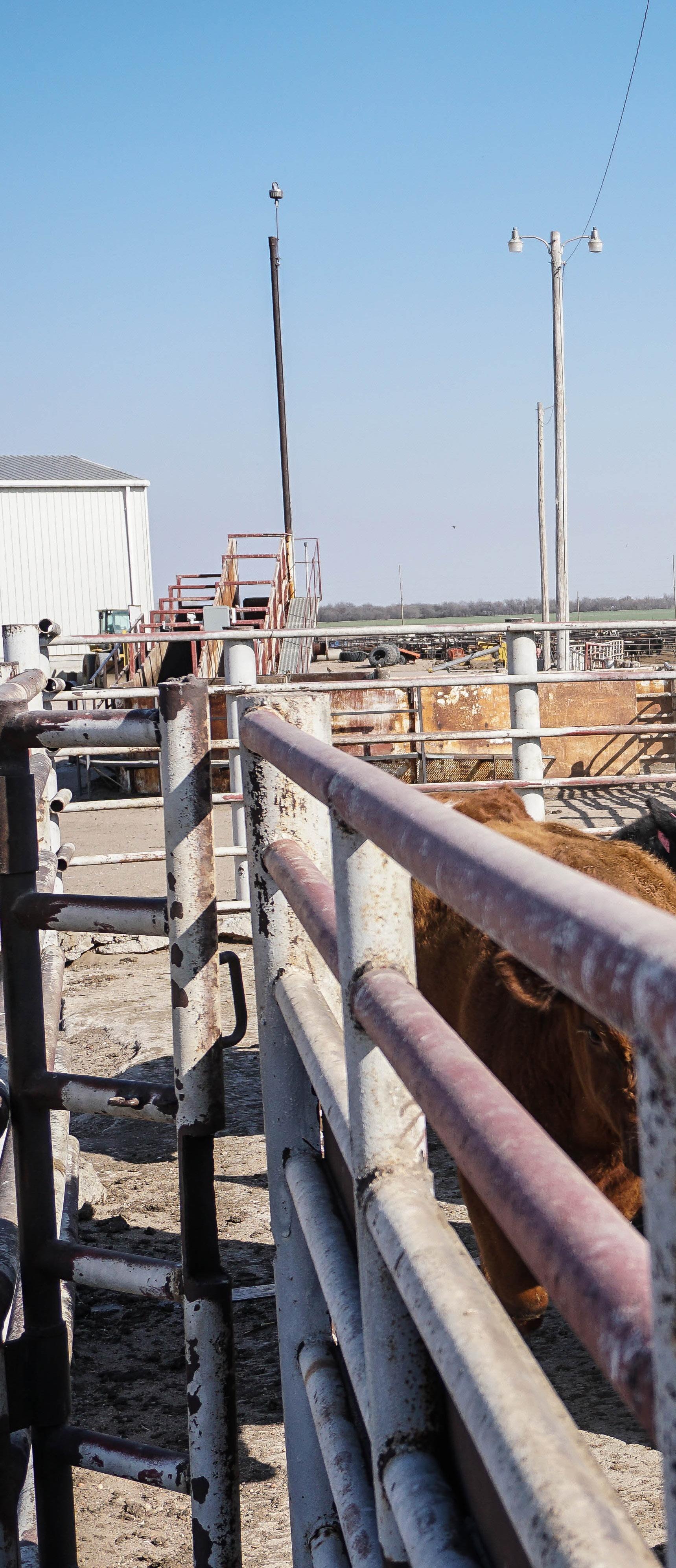
4 minute read
Stewardship of the Resource Entrusted to our Care
By: Dr. David Rethorst, DVM Tri-County Veterinary Center Reprinted with permission from Cattlemen’s News.
Stewardship: the careful and responsible management of something entrusted to one’s care. What a powerful definition! In the conversion of cellulose to high quality red meat protein (i.e., beef production) we have been entrusted with not only the careful and responsible management of our beef animals but also that of the air, water, soil, and grass that we utilize in the production of beef.
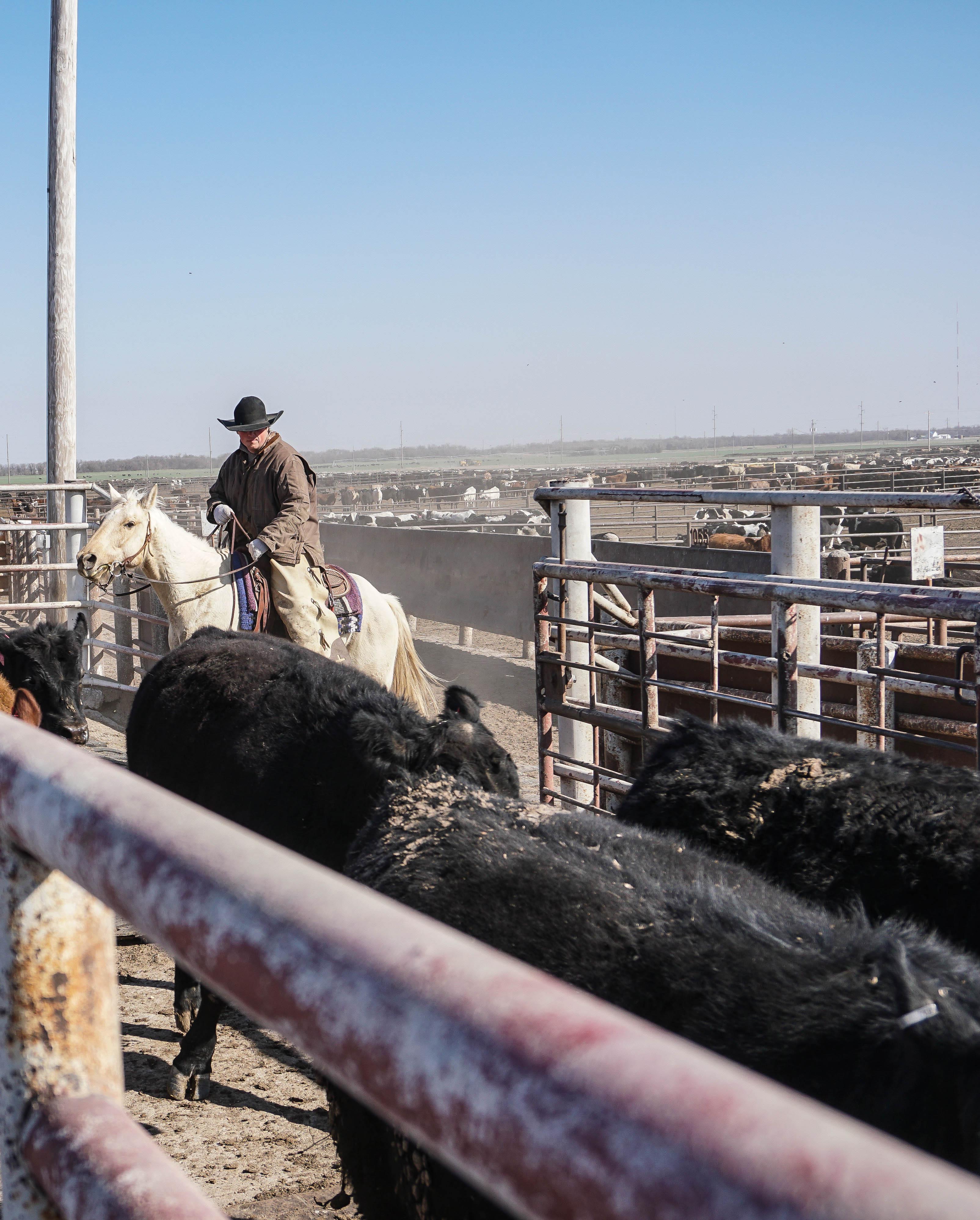
Each time an animal in our care dies, not only is that animal’s life wasted, but the natural resources that were utilized in getting the animal raised to that point in its life are wasted. The grass and water it took to get the cow pregnant and to carry the calf to term are wasted along with the resources used during the calf’s life.
A certain amount of death loss is inevitable in the beef industry. However, there is plenty of opportunity to reduce the death loss, reduce the waste, and put more steaks, roasts, and hamburgers in the meat counter without increasing the size of the cowherd in the United States. Given that the weaned calf crop in this country averages in the eighty percent range, the opportunity exists to increase beef supply through improving reproductive efficiency rather than increasing cow numbers. An even lower hanging fruit we can harvest is reducing the weaning associated sickness and death loss caused by respiratory disease.
Five percent death loss seems to be the most common number used when calculating break-evens on high risk, mismanaged calves. Many times the death loss is much higher than that and seems to be climbing in spite of new and improved vaccines and antibiotics. I have seen closeouts with death loss several times higher than that. Folks, that is unacceptable!
So what do we do to reduce this death loss? First, in my mind, we need to admit that vaccines and antibiotics by themselves are not going to do the job. If they were going to, we would be seeing reduced rather than increased death loss due to respiratory disease. Relying on vaccines and antibiotics is similar to single trait selection when buying bulls; it isn’t going to get us where we want to be!
Careful and responsible management of cattle is based on practicing basic animal husbandry very, very well. These animal husbandry practices include:
1. Ample supply of clean water
2. Optimal nutrition
3. Colostrum
4. Shelter
5. Biosecurity
6. Low stress management
7. Parasite control
8. Vaccination
A major part of sound animal husbandry practices is to get calves weaned on the farm or ranch of origin for 45 days before they are marketed. Getting this stressor dealt with prior to shipping rather than compounding it with transportation greatly improves immune system function. In today’s market there is ample opportunity to be paid well for the time and effort of weaning just from the gain on the calves from weaning to marketing.
Another component of animal husbandry is to make sure that the calves are castrated at an early age. If castration does not occur until after the calves are sold, it becomes a bigger animal welfare concern in addition to being a major stressor. Once again, we are trying to improve immune system function by castrating early rather than compounding this stressor with weaning and/or transportation.
The adoption of low-stress livestock handling methods is essential. This is a mindset change for many producers that pays large dividends. It begins at birth and continues throughout the animal’s life. This deals with the manner in which cattle are gathered, handled, sorted, and worked. There are several low-stress weaning methods that can be chosen from as an alternative to the abrupt weaning that has been used in the beef industry for many years. These include the two-step (nose flap) method, fenceline weaning, the Hawaiian trained weaning and the Australian yard weaning. All four incorporate low-stress handling into the weaning method.
Optimal nutrition is the nutritional management of the calf from conception to consumption. We are learning more each day about how optimal protein, energy and trace minerals during pregnancy affect the lifetime health and performance of the calf. In recent years, I have seen several studies that show that optimal nutrition during pregnancy will reduce the number of cattle that get sick and/or die due to respiratory disease in the feedyard. Proper gestation nutrition (fetal programming) allows a calf to express its full genetic potential. An adage I learned a number of years ago states that if you have problems with a set of calves, go look at the cow herd if you want to figure out what the problem is. Most times you can find animal husbandry mismanagement in the cow herd that set the calves up for problems.
Finally we can talk about vaccines. Vaccination of the cows with IBR and BVD viral vaccines certainly plays a role in controlling respiratory disease in the calves. If we have done everything right up to this point, simple vaccination programs work well to control respiratory disease because we have dealt with the major stressors and the two primary viral components of the disease. I believe we should be reducing the number of vaccines given in many situations rather than seeing how many antigens we can give to a calf.
If we can manage respiratory disease with this “system” approach rather than a “pinpoint” vaccine only approach, we can reduce the illness and death loss that we associate with weaning. This will in turn reduce our use of antibiotics and reduce the chance of antibiotic resistance which are both good in the eyes of our consumers. This approach reduces waste and allows for more efficient use of our natural resources. It is good stewardship. It is also sustainable.
Respiratory disease should not be viewed as the “problem” but, rather, as a “clinical sign” that something is wrong in the production system that the cattle came out of.
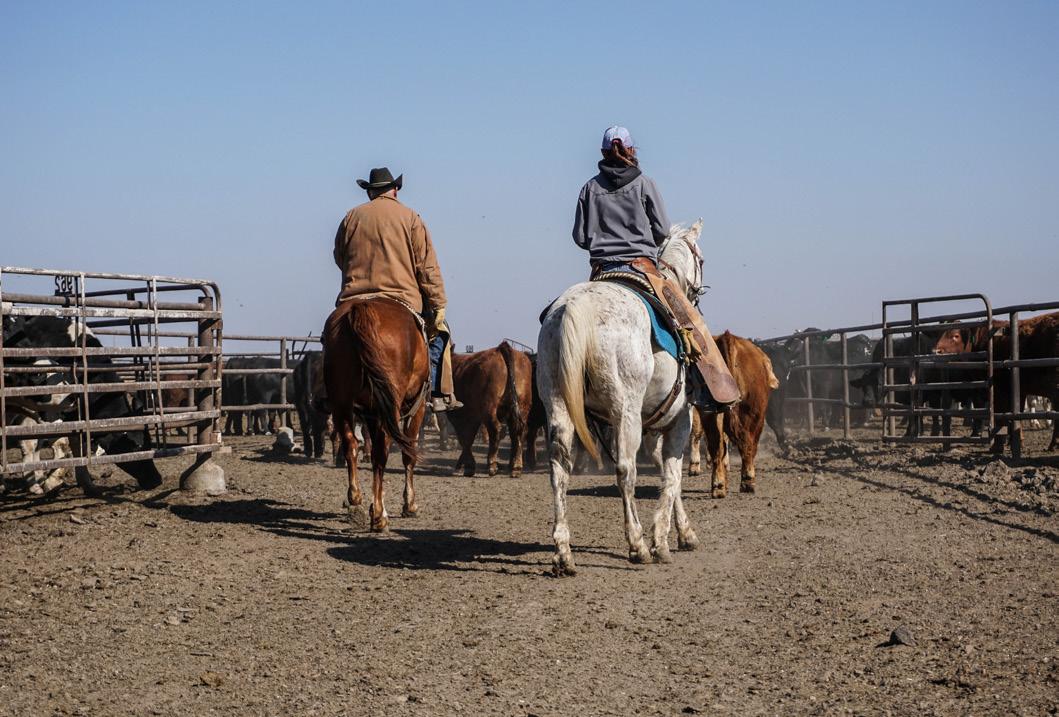
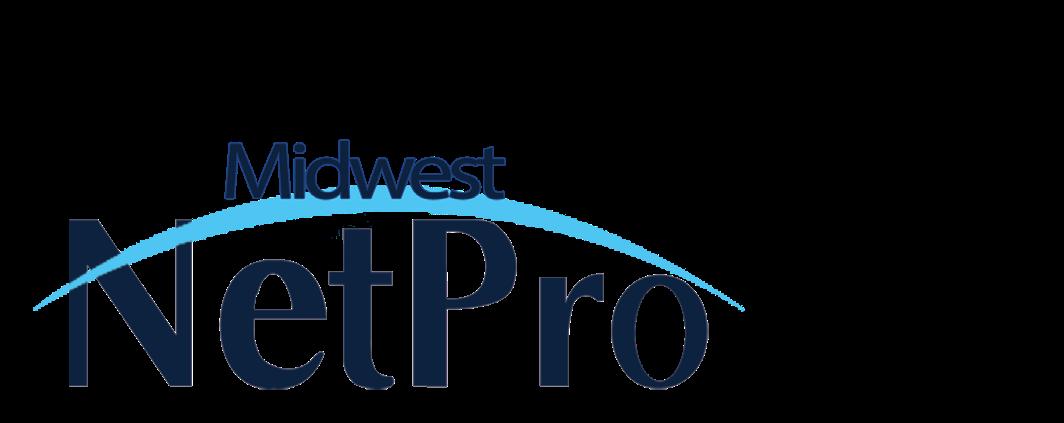
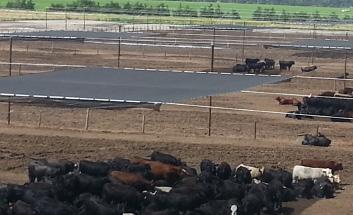
In closing, I pose a question that was posed to me recently by a close friend, “If the ranchers in Hawaii can raise a calf with low-stress handling methods, castrate, vaccinate, wean it, ship it by boat to Vancouver, British Columbia, and by truck to a Kansas feedyard where they experience less than a 2 percent death loss, why do we tolerate the death loss in high risk calves raised on the mainland that we do?” Furthermore, is that death loss the careful and responsible management of something entrusted to one’s care? I don’t think so. Feedlot
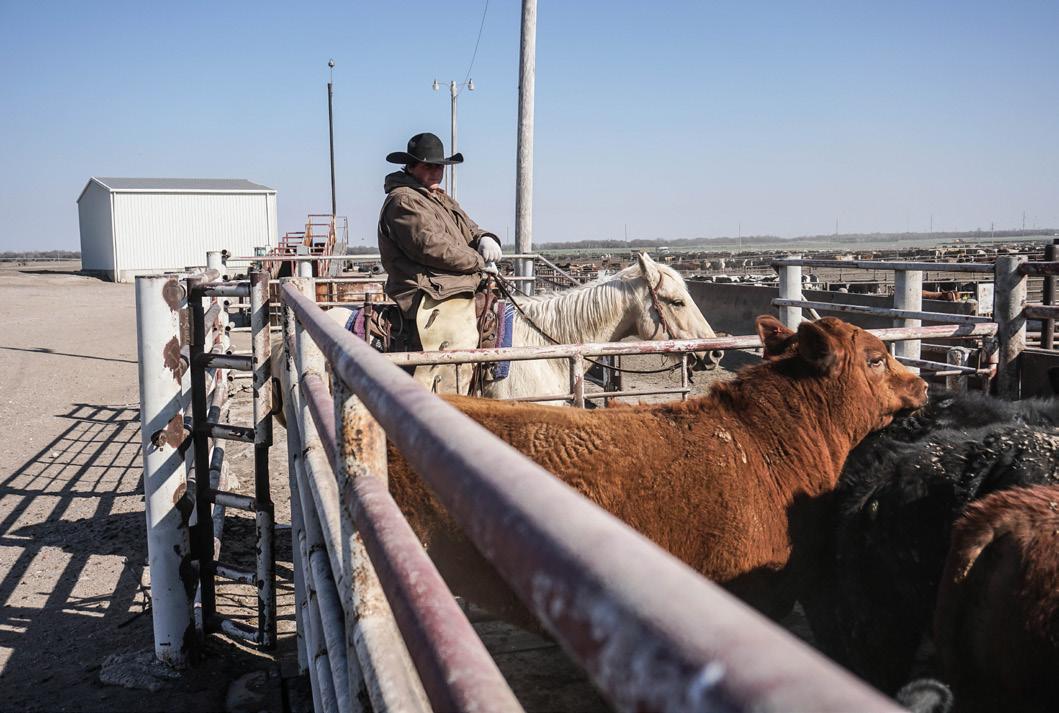
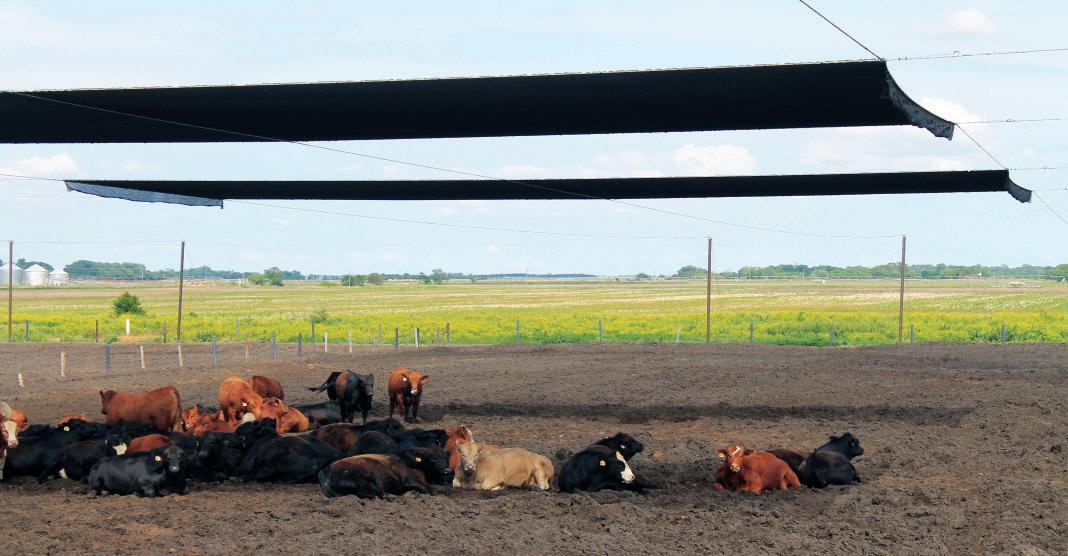

• Design flexibility
• Uniquely designed canopy material
•
•










